What Are the Types of Pearls? Differences and Characteristics Explained

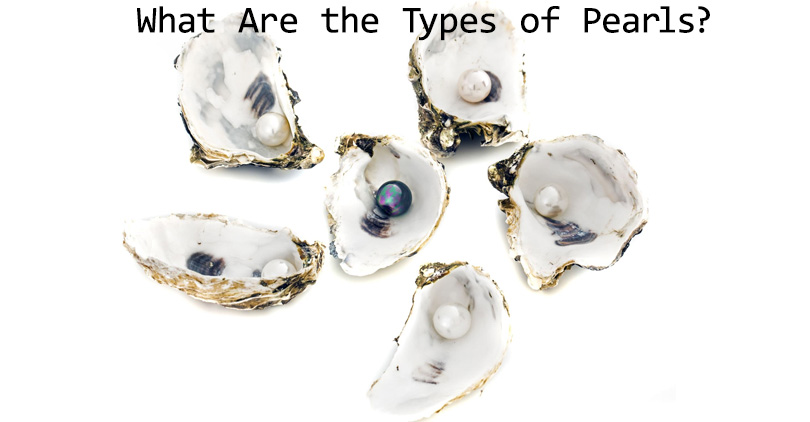
Pearls are one of the most elegant and unusual gemstones found in nature. They are timeless symbols of beauty, sophistication, and grace. Every pearl tells a story of the ocean or freshwater, which was formed slowly and delicately by nature.
It's important to know the types of pearls. This applies whether you are buying jewelry or just admiring their beauty. Studying their formation, varieties, and traits will help you decide and appreciate them.
The realm of pearls introduces you to a mixture of exciting factors: science, art, and tradition. All these factors have amazed humanity for centuries.
This guide will explain pearls. It will cover their types, traits, and differences. It will also help you choose the perfect pearl for your taste and needs.
How Pearls Are Formed

Pearl formation is a natural marvel. It begins when an irritant, like a grain of sand or a tiny parasite, enters an oyster or mollusk. The creature reacts by coating the invader with layers of nacre, a smooth and shiny material. Over time, these layers accumulate, and a pearl is formed.
● Natural Pearls: These are formed independent of interference by human beings. When an irritant naturally enters the mollusk, the formation of the pearl takes place naturally. Natural pearls are very rare and highly valued for their rarity and unique process of formation.
● Cultured Pearls: Cultured pearls are human-made. A technician places a small bead or tissue inside a mollusk. This process induces the mollusk to form a pearl. By doing so, it allows for more predictable results. Most pearls traded today are based on this method.
The way pearls are formed affects their traits and prices. Natural pearls are rare and often irregular in shape. In contrast, cultured pearls are more diverse. Controlled farming has caused a wide variation in their shapes, sizes, and qualities.
Natural vs. Cultured Pearls
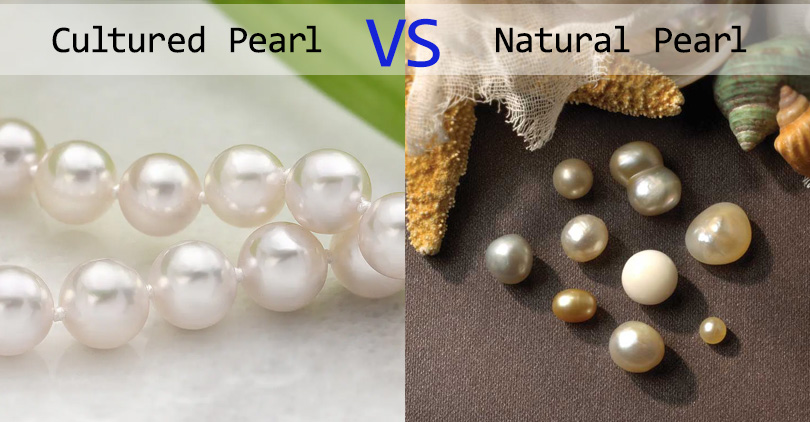
A key part of selecting pearls is knowing the difference between natural and cultured ones.
Natural Pearls
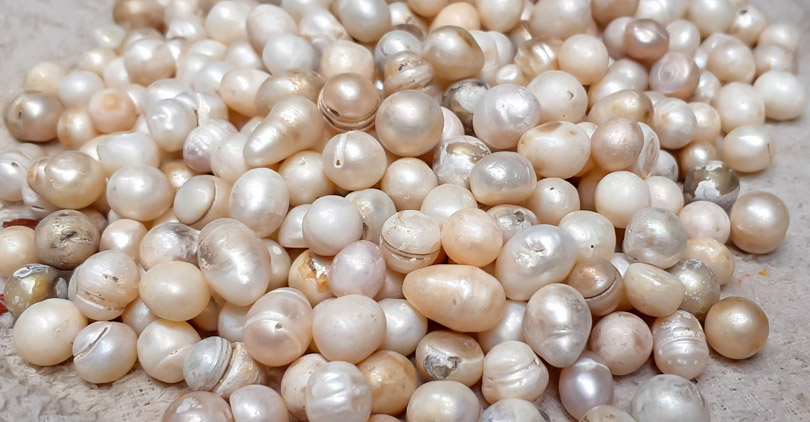
They form entirely by chance in the wild, with no human intervention. It is for this reason they are so rare: they have a natural formation process.
Natural pearls are rare and beautiful. So, they are treasured by royalty and collectors. Each pearl is truly unique. There are no similar ones in size and shape.
Cultured Pearls
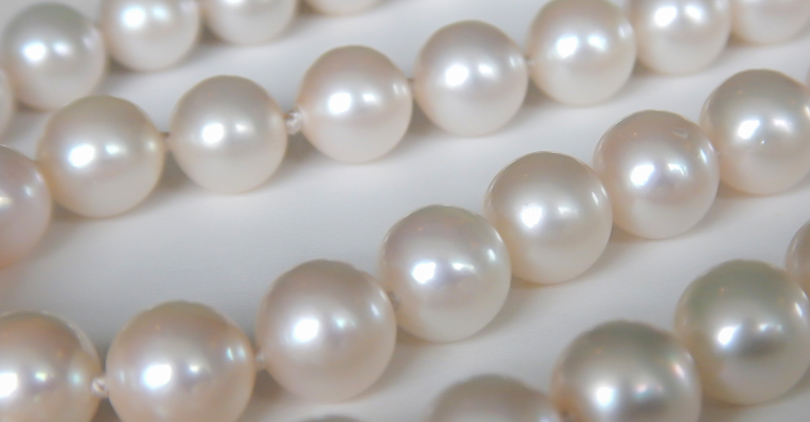
These pearls are cultivated with the help of man. The implantation procedure aims to make this process more predictable. Techniques in pearl farming allow for the mass production of high-quality pearls. Thus, they are more available and diversified in style and prices.
Differences
Natural pearls are rarer than cultured pearls, which is reflected in their price. Natural pearls generally cost more.
On the other hand, cultured pearls come in a much wider range of colors, shapes, and sizes. That's the reason most people think of pearl jewelry as an affordable everyday luxury.
Saltwater vs. Freshwater Pearls
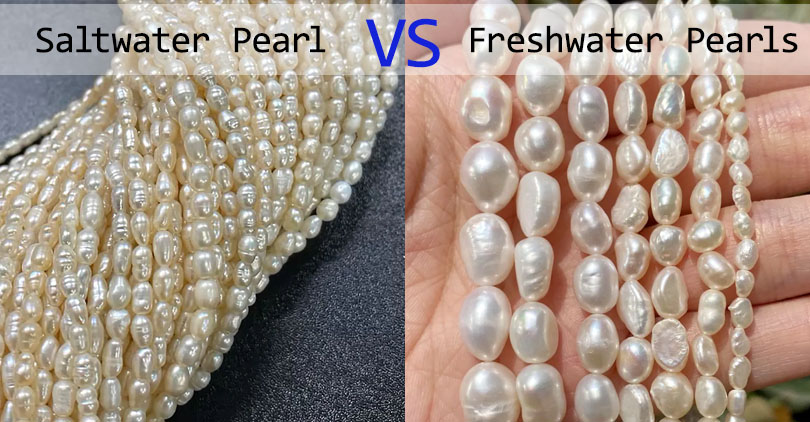
There are two types of pearls differentiated by the environment in which they grow. These are saltwater and freshwater ones.
● Saltwater Pearls: They generally grow in ocean water. These pearls have high luster, are larger, and are rounder. Saltwater pearls, such as Tahitian, South Sea, and Akoya, are regarded as extremely valuable. The reason is their beauty and size.
● Freshwater Pearls: These are grown in lakes, rivers, or ponds. They do not have a regular shape like saltwater pearls. But they offer an amazing range of sizes and colors at very affordable prices.
Comparison of Key Traits
● Size: Saltwaters are generally larger than freshwater ones.
● Shape: Saltwater pearls are usually round. Freshwater pearls are more irregular.
● Luster: Saltwater pearls tend to have a more brilliant mirror-like luster because of the thick layers of nacre.
● Color: The color variation of freshwater pearls is natural, while that of the saltwater pearl is white, black, or golden.
Types of Saltwater Pearls
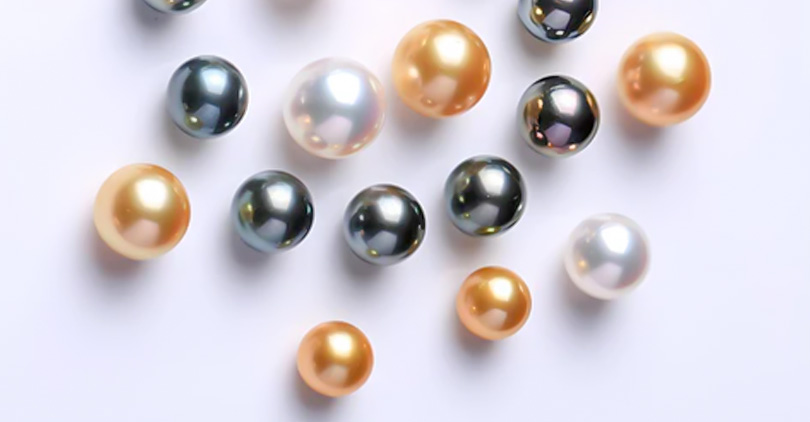
Saltwater pearls are considered to be a high-quality type of classic beauty. Now, let us take a close look at the most popular types:
Akoya Pearls
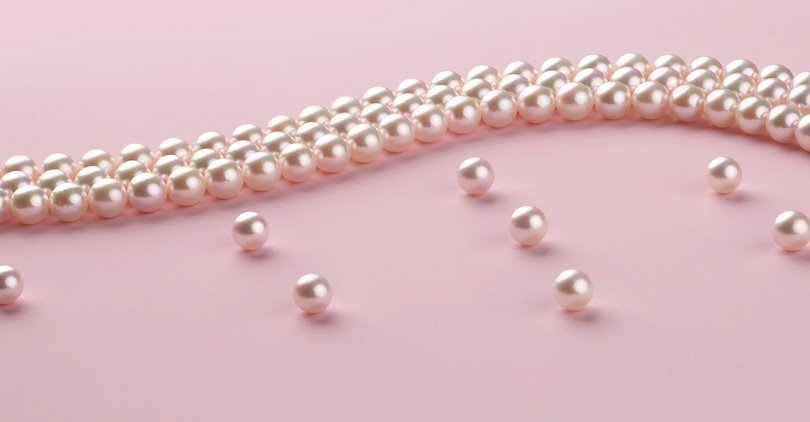
These are classic round pearls that are known for their high luster and almost perfect symmetry. They are usually found in shades of white, cream, or rose hues. So, they are a classic choice for those seeking traditional elegance.
Akoya pearls are mainly from Japan and China. They are perfect for classic jewelry like necklaces and earrings. Their stunning beauty shines through in every piece. Akoya pearls have a striking luster and a round shape. They are popular among fans of classy, polished designs.
South Sea Pearls
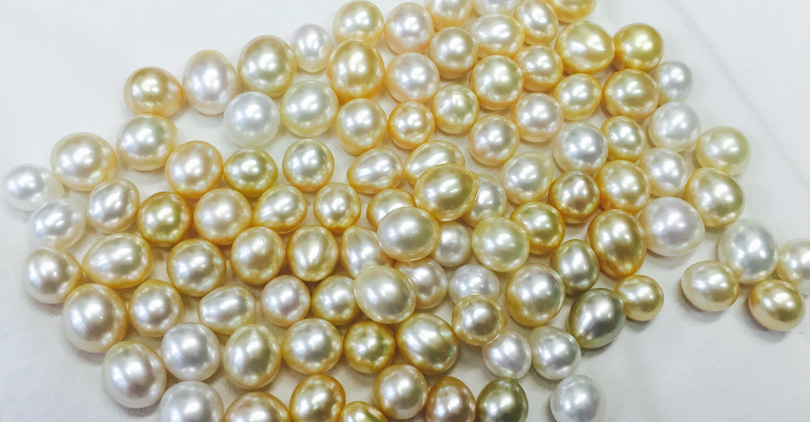
The size and opulence of the South Sea pearls make them rather popular. Most are in creamy white to golden hues, usually larger than 10mm. It really sets them apart from most other types of cultured pearls.
The South Sea pearl grows in warm waters around Australia, Indonesia, and the Philippines. They are considered some of the largest in diameter and have extreme rarity. It is just another reason these beauties are in demand.
Due to their size and opulent luster, they are often used in high-end jewelry. You can find them, especially in statement pieces that scream luxury and exclusivity.
Tahitian Pearls
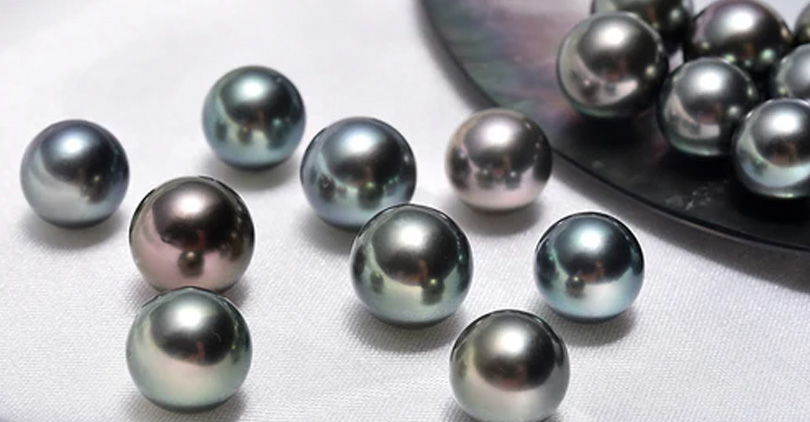
Tahitian pearls have that unique, dark, and exotic range in color from black to peacock, green, and silver. The iridescent overtones of these pearls create a deeper hue with added intrigue.
Tahitian pearls, found and farmed around Tahiti in French Polynesia, are prized for their beauty. They are often used in expensive, exotic jewelry. You can see them especially on chains, bangles and studs.
People love the bright Tahitian pearls for this reason. They are special and expensive hence very suitable for those who like looking for unique jewellery.
Types of Freshwater Pearls
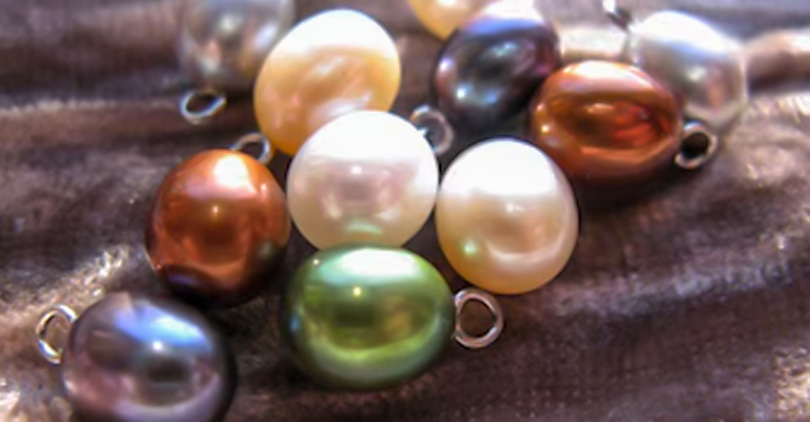
One of the more affordable and varied alternatives to saltwater pearls is the freshwater pearl. They are primarily cultured in freshwater lakes in China. These are highly varied in shape and color, from white to peach to lavender and even pastel hues.
Though not as round as most of their saltwater cousins, their irregular shape gives them individual character and a more unique look. What is more, they are quite affordable and diverse.
Freshwater pearls are unique. They add charm to any piece. So, they suit any style and occasion. You can find them in simple earrings and necklaces to elaborate bracelets and rings.
Understanding Pearl Shapes
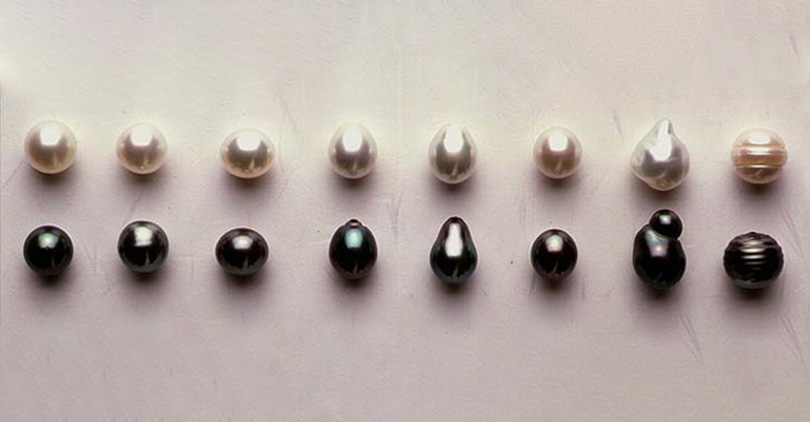
The value, appeal, and usability of pearls in jewelry designs are greatly affected by their shapes. Perfectly round pearls are the ones most desired. But there are different shapes that have their own special attractiveness:
1. Round
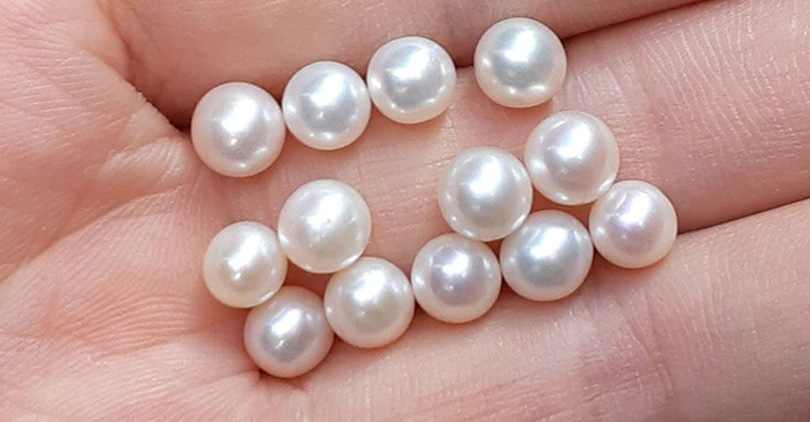
Because they are uniform in shape, round pearls are the most sought-after and costly. Their symmetrical perfection lends them value as well as versatility. They are prized when making timeless treasures, like matching necklaces, earrings, and rings.
2. Semi-Round
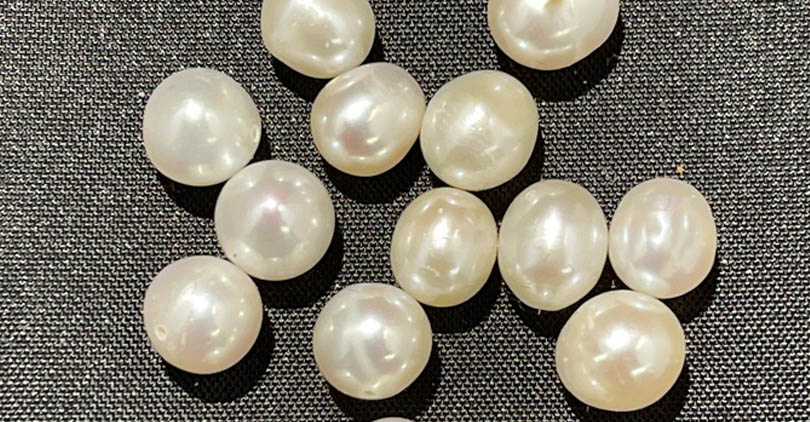
Semi-round pearls are elegant and refined. They are almost round, with minor flaws. They cost less than perfectly round pearls. But they are still sought after for their expensive look. So, they are a great choice if you want something both stylish and affordable.
3. Button
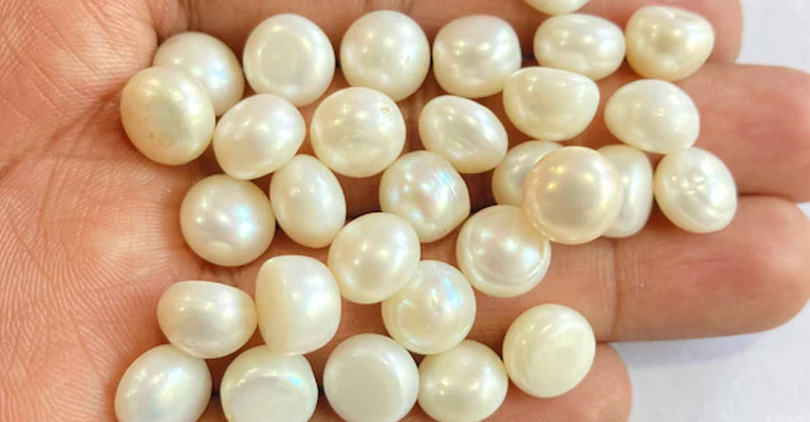
Flat and round button pearls appear as if they are sliced on one side. These unique pearls work well for earrings, rings, and pendants. In fact, their style is so versatile that they can be used with just about any jewelry design.
4. Coin
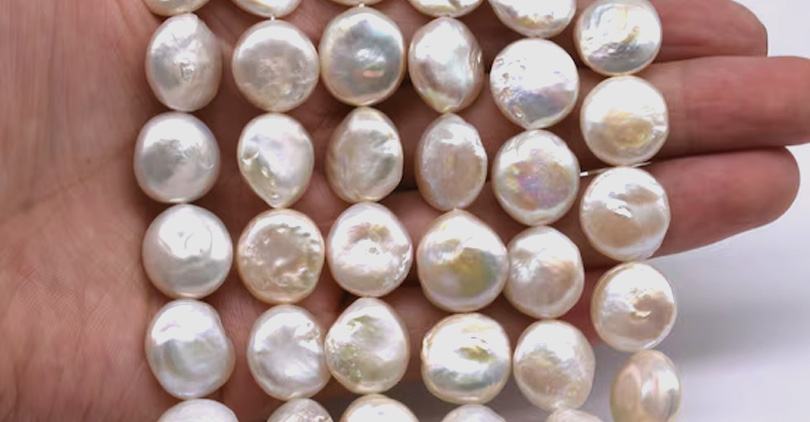
Coin pearls are shaped like coins, flat and round. They have a bold, even surface that catches the eye. It is visible, especially when they are used in big pendants or dramatic necklaces. They give classic pearl styles a new look, which is very much in demand.
5. Drop
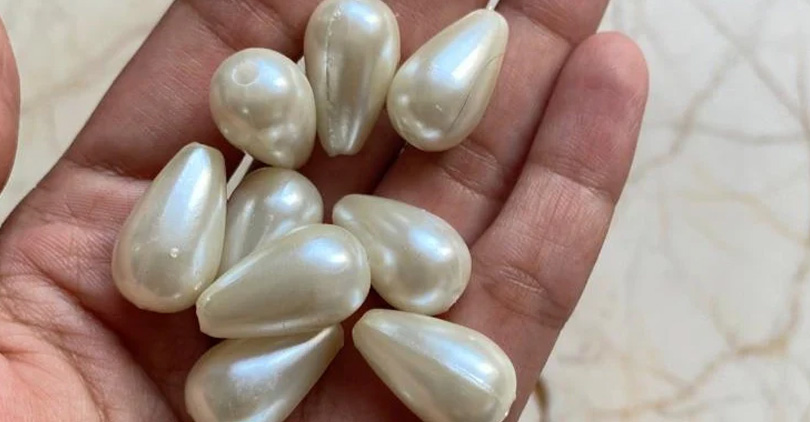
Drop pearls have a shape that is like a pear, tapering to one end. These elegant pearls look very refined. Because of this, they are great for putting on pendants or earrings. When they move a lot, it adds sophistication.
6. Oval
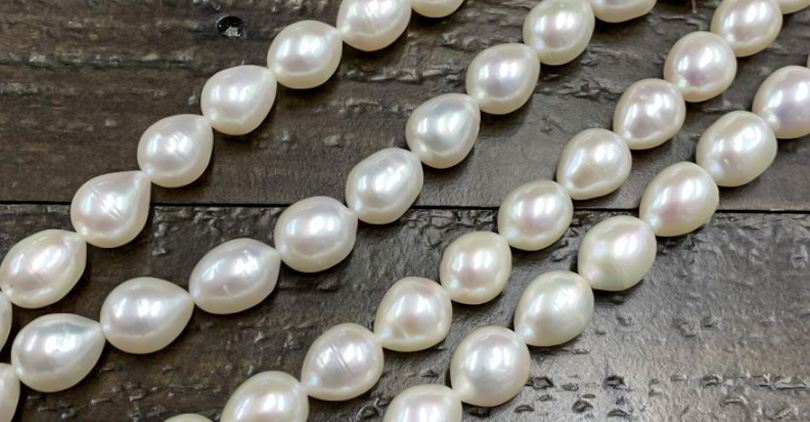
The oval shape has a smooth, continuous, elongated curve. It is symmetric but not circular. Ovals are very versatile. They appear both in classic pearl jewelry and in more modern creations.
7. Baroque
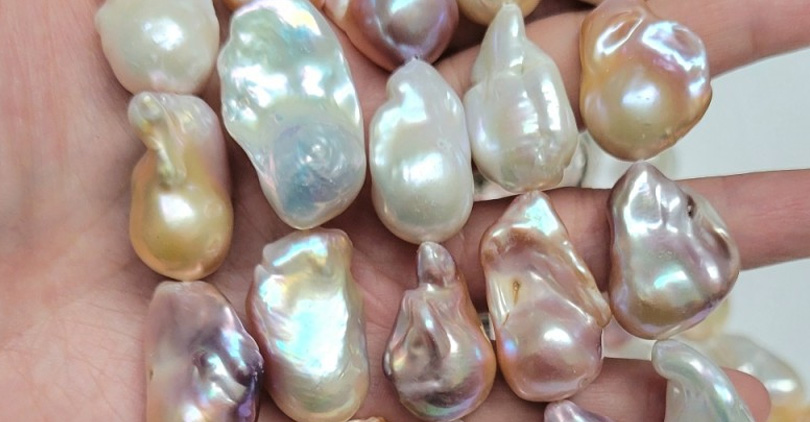
The baroque pearls have an irregular, arbitrary shape. Each pearl could be considered a special work of art because of the fantastic irregularity of its form.
8. Ringed or Circled
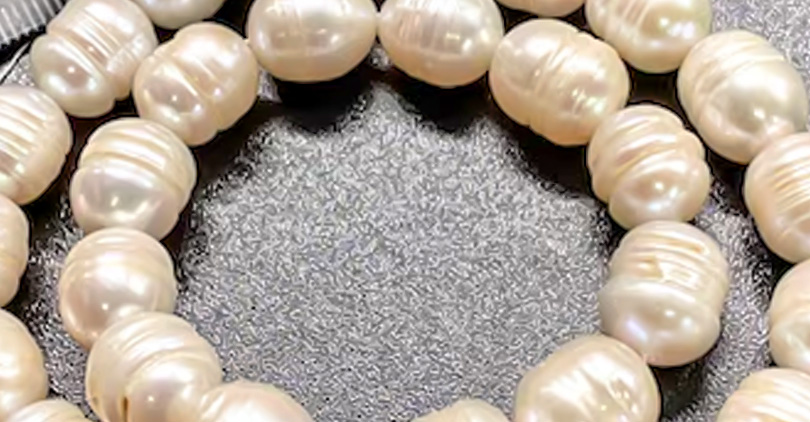
The ringed or circled pearl has concentric rings or ridges around the middle circumference. These rings add character and texture to the pearl, giving it a more vintage look.
9. Stick
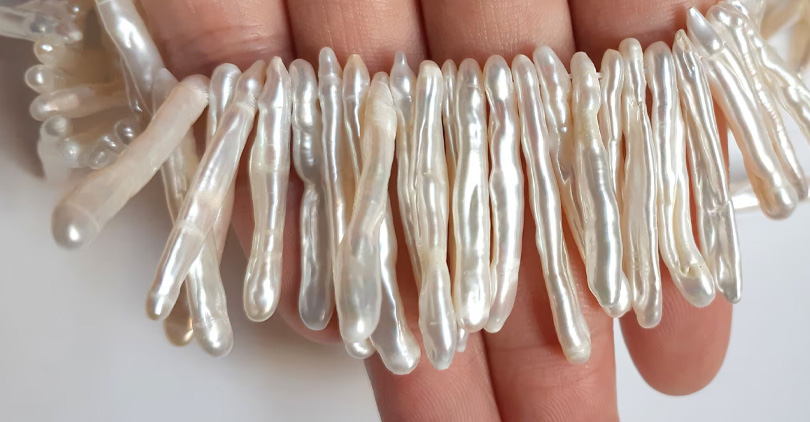
Stick pearls are long, stick-like pearls with a sleek, elongated shape. Their unique shape offers a contemporary look. It works well for bold, statement-making pieces.
Knowing these shapes will help you select pearls according to your preferred style of jewelry. Perfectly round pearls are classic and highly valued. However, other shapes do offer a lot of creative design possibilities. More often than not, they have lesser price tags attached to them.
What Colors Are Pearls?
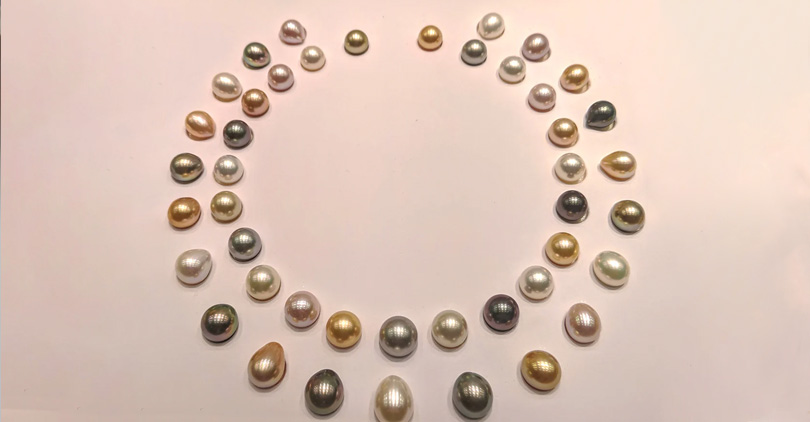
The natural colors range from classic whites to a palette of exotic hues in pearls. It gets its color from the mollusk's environment, genetics, and the nacre itself. Some pearls might also be colored or treated to develop or enhance colors.
Certain pearls undergo treatment in order to obtain extraordinary or brighter shades. Such treatments may involve the use of dyes as well as unique films. Although changing in color, improved pearls still remain genuine and bright.
Common Pearl Colors
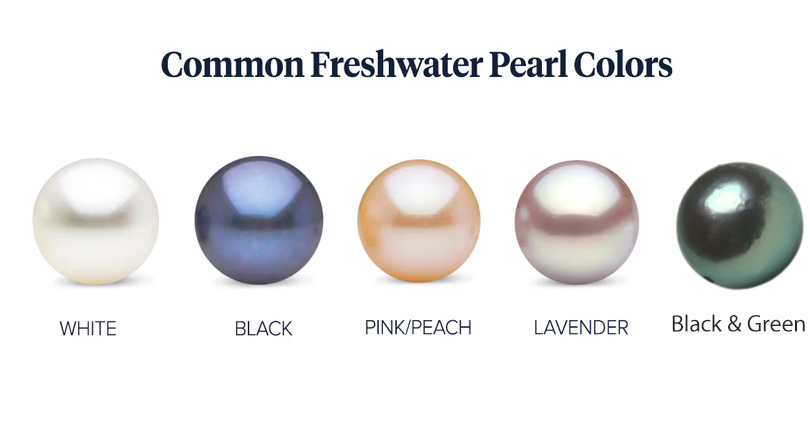
Here are some common pearl colors:
● White: This is the classic, eternal choice. They embody elegance and sophistication. The neutral tone of white makes them versatile for any outfit.
● Pink & Peach: These warm colors give a soft, romantic touch to jewelry. They are soft on the eyes and look good on most skin types.
● Black & Green: Dark colors, especially of Tahitian pearls, hold an aura of mystery. They have an exotic, appealing nature. They range from deep black to real peacock shades, showing flashes of green or blue.
● Gold: The colors of these pearls vary from a pale golden yellow to a very deep and dark gold hue. The golden pearls, especially from South Sea oysters, represent wealth and warm luxury.
● Lavender: Lavender is rare in nature, occurring in freshwater mussels. They offer a delicate, soft purple color. Unique and highly sought after for their gentle hue.
FAQs on Types of Pearls
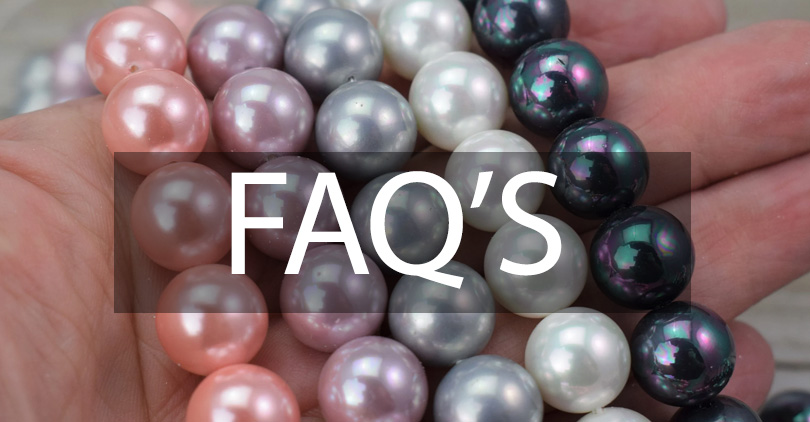
Q1: Which type of pearl is most expensive?
South Sea pearls are usually the most expensive because of their large size, rarity, and luxurious luster.
Q2: What are tiny pearls called?
The smaller pearls, which measure less than 3 mm, are often referred to as seed pearls. They serve as minute decorations when creating intricate patterns.
Q3: What is the rarest pearl color?
The blue pearl is very rare and has a high value. It is natural but sometimes intensified for an improved color.
Q4: Why are South Sea Pearls considered the "Rolls Royce" of pearls?
South Sea pearls are the biggest and most elegant pearls. These pearls are very valuable because they are very shiny, big and rare. They represent unmatched beauty as well as worth.
Q5: What are Mabe Pearls?
They are the hemispherical pearls grown against the inner side of the shell. Mabe pearls have a domed shape and are usually used as pendants or earrings.
Q6: What are Baroque Pearls?
The baroque pearls have irregular shapes and forms that are unique and asymmetrical. Their unusual shapes make them ideal for contemporary and artistic jewelry designs.
Conclusion
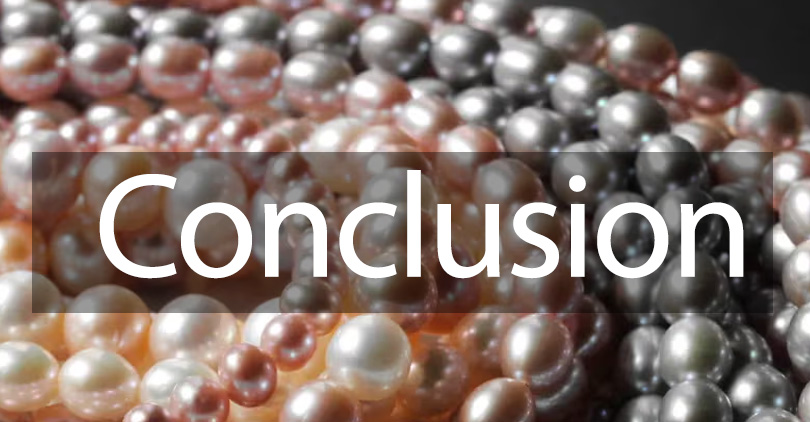
The type, shape, color, and size of these things determine which pearl is right for you. All these elements will make the pearl either more beautiful and valuable or less so.
To choose wisely, you must tell natural from cultured and saltwater from freshwater. You should also know the different shapes and colors.
It does not matter whether you are gathering items for a hobby, buying for the first time or simply fond of pearls. There are too many options today than ever before.
Pick pearls that suit your style, needs, and budget. This venture into the realm of pearls will enrich your jewelry collection and enhance your appreciation for these timeless beauties.


Leave a Comment